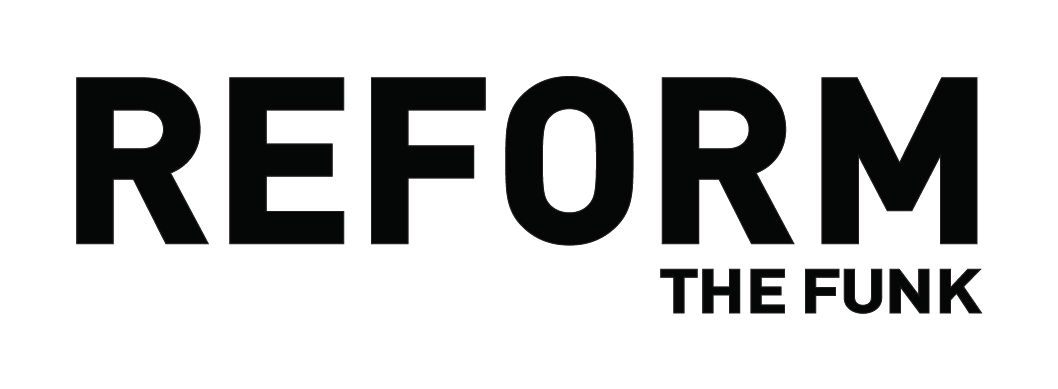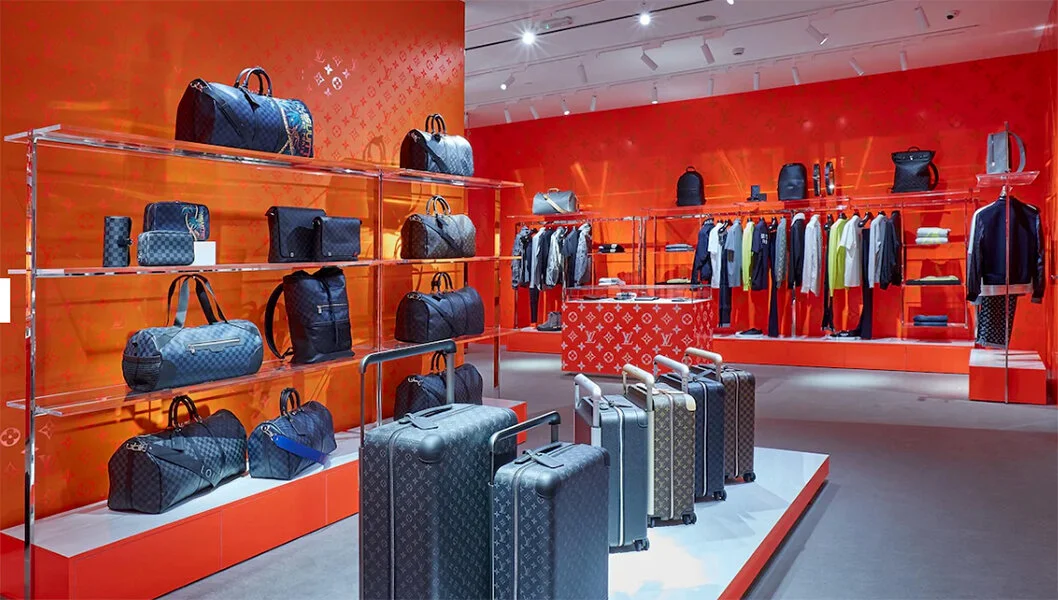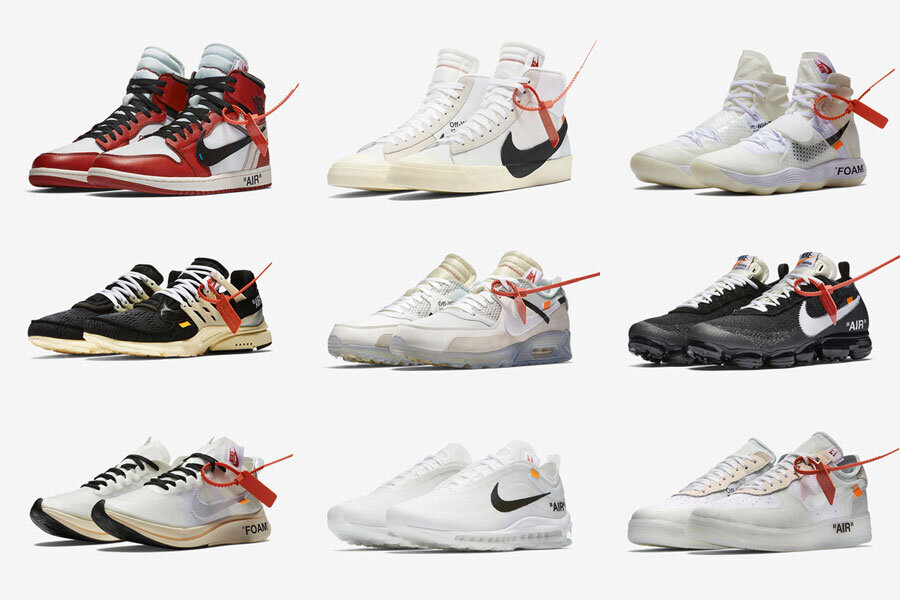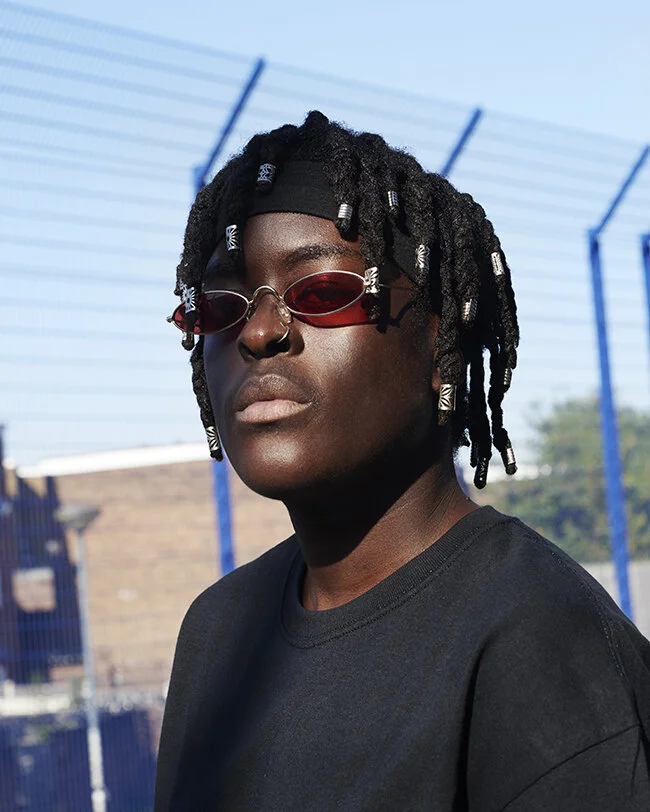Fake It Till You Make It
Words: Danielle K
Shopping has never been easier. Whether it’s same day delivery or sourcing the latest drops; fast, accessible fashion has amassed a global following of hypebeasts and slay queens alike. Even if you don’t consider yourself the frothing-at-the-screen bot-downloading-wonk who stays up until 2 am for Yeezy drops, our obsession with owning the latest and shiniest has metastasized, with brands becoming the hallmark of millennial identity. It's no surprise that as the likes of Supreme, Off-White and Nike have ingratiated themselves as household names for the average under 25.
The counterfeit market has boomed alongside, producing garments replicating the appearance of authenticity worth over $450 billion globally Over time the legitimate and delegitimate have entwined, united by their origin in the factories of rural China, Taiwan and Bangladesh. It is often refuted in casual conversation that fakes and non-fakes are produced in the same regions. Yet, the simple addition of a symbol has the power to alter a product's destiny, target market and price range.
For the sake of distinction between fakes and their legitimate counterpart, the latter is often referred to as a counterfeit good that “resemble the genuine goods but are typically of lower quality in terms of performance, reliability or durability” according to Brandão and Gadekar. Their manufacture and sale are illegal, despite its casual exchange and sale, especially online.
The cost of hype
The status afforded by brand hype has been replicated by those able to design and produce fake goods, emulating the exact same social capital for half the price. Although it is taboo to ‘fake it’ in the UK, fakes are easily passed in the exact economies in which they are produced. Beijingers sporting near identical haymarket checks and baroque print with little care to their real or fake origin is the norm on the morning commute in the city, with the goods originating 5-6 hours away in Shenzhen of the Guangdong Province. Exploring the infamous Pearl and Silk markets of Beijing in my time there, I realised that the attachment many of us have formed towards goods is less one of authenticity – and one of the promises of style and appearance instead. Their easy social acceptance by Beijingers left me marvelling at the haggling prowess of the traders and at the ingenuity of those able to copy an item from simply observing its basic appearance.
The ability to mix and match brands for half the price makes the black market a haven for consumers who care little for shelf-life. Durability matters little when fast fashion and the taboo of being caught in the same outfit twice renders items virtually unwearable after a trio of public appearances. In other words, few consumers buy fakes for their quality – rather, to serve a closer purpose to that of a prop. In all this, we have to question what it is about symbols that are able to yield so much glamour. Overall it seems to matter less and less whether what someone is wearing is real, and more so simply the fact that they own and are wearing it.
Global fashion supply chains are often underpinned by the inequality of low paid, subliminal condition factory work, whether they are manufactured for high street chains or online vendors. In the export industry, nimble fingers make the cheapest workers and the labour often falls to women who are subject to further societal pressures of family and childcare. The implied promise in employment is in economic freedom for women, but if one enters an already marginalised workforce in exchange for pay that is ultimately a pittance, then what is the use of their aspiration?
Which consumer is King?
Buying-decisions dictate the kind of consumer you are. With luxury goods comes the clear expression of exclusivity and wealth, with each price marked attached to a certain caliber of wealth.
It stands to reason that you can tell a lot about a person’s wardrobe from their outfit; whether they prefer Starbucks or Costa – Naomi Klein smartly summarises the Obama’s White House identity as “closest to Starbucks: hip, progressive, approachable —a small luxury you can feel good about even during tough economic times” to link consumer trends to the wider economic forecasts of a capitalism that tells us it is okay to “treat ourselves” to a branded coffee that we view as being of higher standing than another. The issue isn’t whether Starbucks is better than Costa or Nero – it is rather how these categories come to exist and become reinforced by the everyday assumptions we unconsciously make.
Not all fashion is accessible - relatively small economic standing is necessary to interact with the trends most of us dismiss but discretely play up, proven in the unbearably ever closening bond between millennials and avocado, quinoa and kale. We love to hate the very things that have risen to define us.
The power of a symbol
At the centre of the furor is the question of what makes a product real - how does one prove authenticity past a label?
Ultimately, authenticity has become a matter of performance and the line between it and ingenuity has blurred. The innovation of those able to cut, copy and sell fakes has surpassed that of creative copyrights altogether. We continue to pay these backhanded compliments to brands by seeking the image they emulate without incurring in the full cost without realising that the supply chain our coins support equally do little for workers and their own aspiration. Our own aspirations are barely realised because it isn’t long before we need the next re-up on short-lived glamour. Perhaps the fact that we are a society so often secretive about money, wealth and means dooms us to this continuous cycle whereby our cravings are never ending.
At least the logos hanging above us are colourful.
Words: Danielle K










